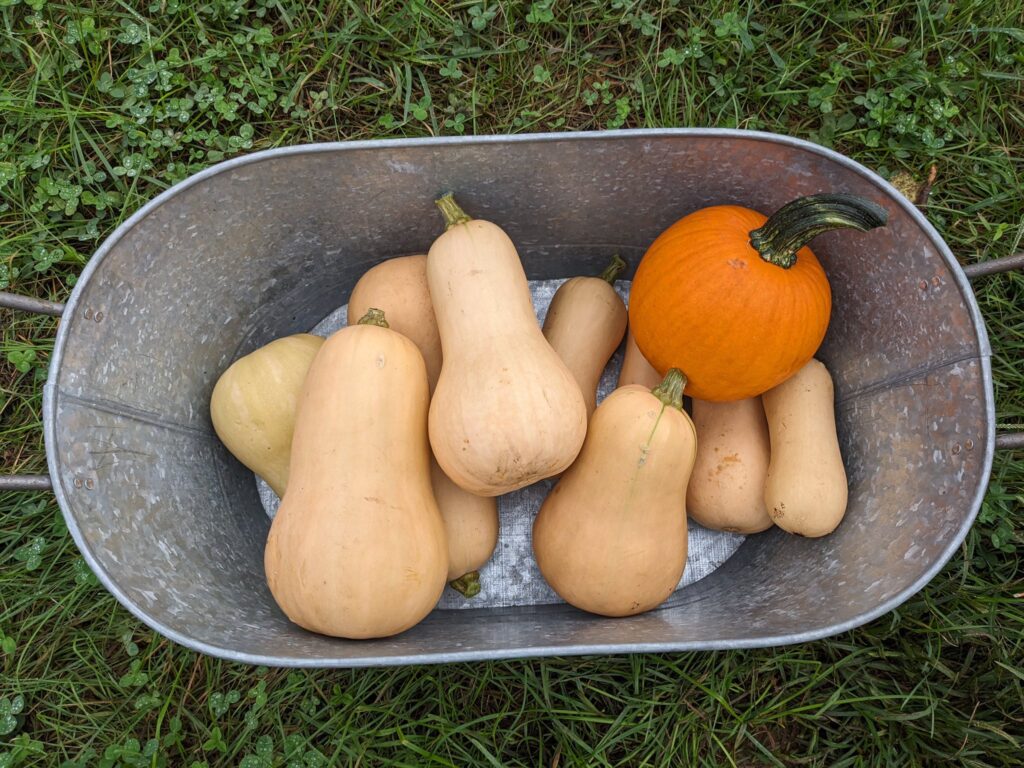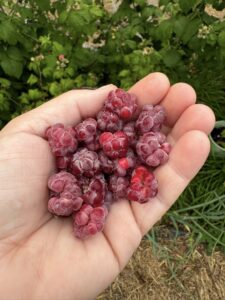When it comes to eating well, balance is everything. But balance doesn’t mean counting every calorie or eliminating entire food groups. Instead, it’s about creating meals that keep your body nourished, your energy steady, and your heart healthy , day in and day out.
At Lovimco Holistic Wellness, we believe food is more than fuel. It’s a way of supporting your whole self , body, mind, and spirit. And the truth is, you don’t need complicated meal plans to find balance. The simplest approach is to build your plate with three key building blocks:
- Non-starchy vegetables
- Lean protein
- Wholesome carbohydrates
Let’s unpack what each of these do for your body and what the science says.
1. Non-Starchy Vegetables
Think: broccoli, leafy greens, carrots, zucchini, asparagus, cauliflower, mushrooms, and beans. These foods are naturally low in calories but rich in fibre, vitamins, and phytonutrients.
🔬 The science:
- A high intake of vegetables has been consistently linked to reduced risk of heart disease, stroke, and certain cancers (Boeing et al., 2012, PMC3664997).
- Non-starchy vegetables are especially high in dietary fibre, which improves gut health and helps regulate blood sugar by slowing the absorption of glucose (Slavin, 2013).
- Leafy greens like spinach and kale also provide magnesium, potassium, and nitrates, which support blood pressure regulation (Ashor et al., 2017).
💡 On your plate: Fill half your plate with these. Aim for variety and colour, the more shades you eat, the more diverse nutrients you’re feeding your body.
2. Lean Protein
Examples include chicken, fish, turkey, eggs, beans, lentils, tofu, tempeh, yogurt, or nuts. Lean protein supports muscle strength, hormone balance, and satiety (feeling full and satisfied after a meal).
🔬 The science:
- Protein helps lower post-meal blood sugar spikes by slowing gastric emptying and improving satiety (Westerterp-Plantenga et al., 2009).
- Lean proteins like fish are high in omega-3 fatty acids, which reduce inflammation and protect cardiovascular health (Mozaffarian & Wu, 2011).
- Plant proteins (beans, lentils, edamame) are linked to lower risks of chronic disease and improved longevity (Satija & Hu, 2018).
💡 On your plate: Make protein roughly a quarter of your meal. Alternate animal and plant-based sources for variety and a wider nutrient profile.
3. Wholesome Carbohydrates
Carbs are not the enemy — it’s the type of carbohydrate that matters most. Whole, fibre-rich carbs like sweet potato, quinoa, brown rice, oats, fruit, and legumes provide energy, vitamins, minerals, and fibre.
🔬 The science:
- Whole grains are linked to lower risk of type 2 diabetes, cardiovascular disease, and obesity (Aune et al., 2016).
- Fibre-rich carbs like legumes and oats improve cholesterol levels, lowering LDL (“bad” cholesterol) and supporting heart health (Ha et al., 2014).
- Compared to refined carbs, whole food carbohydrates lead to a slower, steadier rise in blood sugar, reducing stress on insulin regulation (Jenkins et al., 2002).
💡 On your plate: Let wholesome carbs make up the final quarter of your plate. Think brown rice, beans, oats, or sweet potato instead of white bread, sugary snacks, or ultra-processed grains.
Why This Balance Matters
When you put it all together — vegetables + protein + wholesome carbs — you create meals that:
✔ Steady blood sugar levels, reducing highs and lows in energy
✔ Support digestion and gut microbiome diversity
✔ Protect cardiovascular health through fibre, antioxidants, and healthy fats
✔ Provide long-lasting satiety, so you feel nourished and less likely to crave processed snacks
This isn’t about perfection — it’s about creating rhythms that your body can rely on.
Putting It Into Practice
Here are a few simple meal ideas:
- Breakfast: Oats with chia seeds, Greek yogurt, berries, and walnuts.
- Lunch: Grilled chicken salad with mixed greens, quinoa, and roasted pumpkin.
- Dinner: Salmon with asparagus, brown rice, and sautéed mushrooms.
And remember: balance is found over time. Not every plate has to be perfect — but when most of your meals follow this rhythm, you’re setting your body up for energy, resilience, and long-term wellness.

Final Thought
Food is one of the most powerful daily tools you have for shaping your health. By keeping things simple half vegetables, a quarter lean protein, and a quarter wholesome carbs you’re giving your body exactly what it needs to thrive.
✨ Start small, make it sustainable, and celebrate the way nourishing food can change not just your health, but your whole sense of vitality.
📚 References:
- Boeing H. et al., Vegetables and fruits in the prevention of chronic diseases, Eur J Nutr, 2012. PMC3664997
- Slavin J., Fibre and prebiotics: mechanisms and health benefits, Adv Nutr, 2013. Link
- Ashor AW. et al., Nitrate-rich vegetables, blood pressure and vascular function, J Nutr, 2017. Link
- Westerterp-Plantenga M. et al., Dietary protein and weight control, Am J Clin Nutr, 2009. Link
- Mozaffarian D., Wu JHY., Omega-3 fatty acids and cardiovascular disease, Circulation, 2011. Link
- Satija A., Hu FB., Plant-based diets and cardiovascular health, Trends Cardiovasc Med, 2018. PMC6313445
- Aune D. et al., Whole grain consumption and risk of cardiovascular disease, cancer, and mortality, BMJ, 2016. Link
- Ha V. et al., Effect of dietary pulses on blood lipids: a systematic review and meta-analysis, CMAJ, 2014. PubMed
- Jenkins DJA. et al., Glycemic index: overview of implications in health and disease, Am J Clin Nutr, 2002. PubMed



